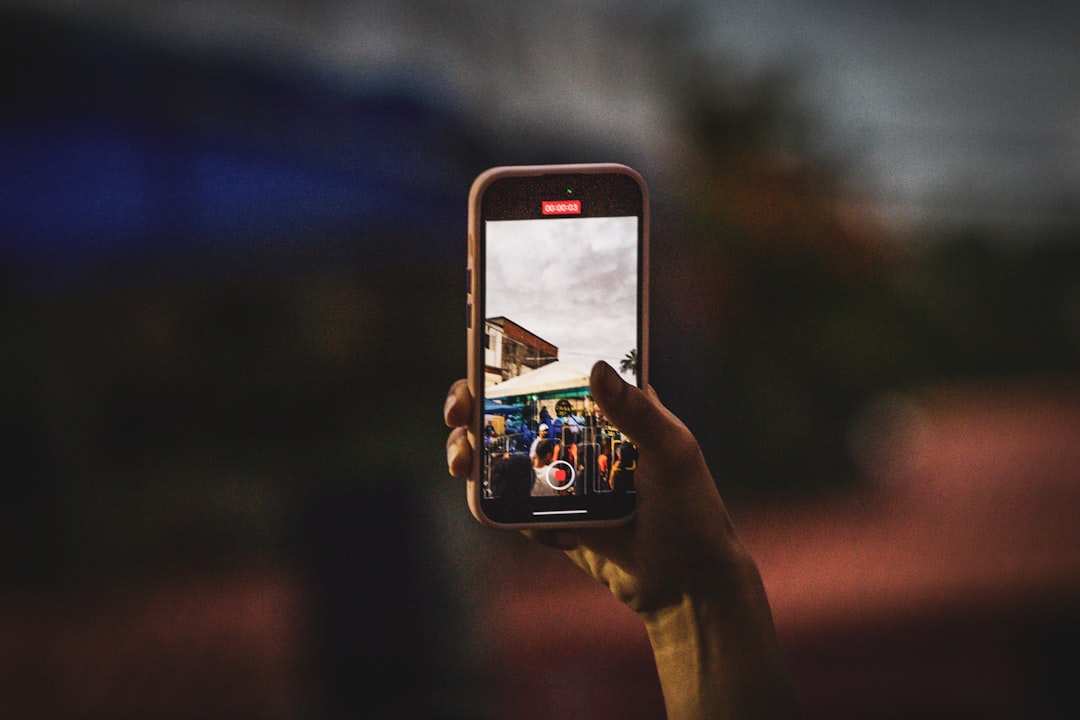Have you ever stumbled across a breathtaking photo and wondered, “Where was this taken?” Whether it’s a scenic landscape, a bustling city street, or a hidden landmark, figuring out the exact location of a photo can be both fascinating and rewarding. Thanks to technological advancements, there are multiple ways to trace the origin of an image—some methods are straightforward, others more detective-like. Here’s a guide to help you unravel the mystery behind an image’s location.
1. Check the Photo’s Metadata (EXIF Data)
Modern cameras and smartphones often embed metadata into images. This data can include information such as camera settings, date and time, and crucially—GPS coordinates.
- Step 1: Download the image onto your device.
- Step 2: Right-click on the image file and select Properties (on Windows) or Get Info (on Mac).
- Step 3: Navigate to the Details tab and scroll down to look for GPS data.
You can also use online EXIF data viewers—just upload the image, and they’ll extract the metadata for you.
2. Use Reverse Image Search
If metadata is missing or has been stripped (as is often the case on social media), a reverse image search can help.
- Google Images: Click the camera icon and either upload the image or paste its URL.
- TinEye: Specializes in tracking where images have appeared online.
- Bing Visual Search: Another useful tool with a user-friendly interface.
These platforms search the web for visually similar images and often lead you to websites where the photo was used—complete with descriptions or GPS-tagged content.

3. Look for Clues Within the Image
Sometimes, the image itself holds hidden hints. Pay attention to small but important details:
- Street signs and languages: Zoom in on any visible text. It can point to a specific country or culture.
- Landmarks and architectural styles: Identify iconic buildings or even lesser-known structures that may show up in a local context.
- Vegetation and natural elements: Plant types, mountains, or body of water shapes can offer valuable clues.
Tip: Use Google Maps or Google Earth to visually compare known landmarks or street layouts based on what you see in the image.
4. Ask the Online Community
Believe it or not, there are thousands of people excited to help you identify a photo. Websites and forums like:
- Reddit’s r/WhereIsThis
- Facebook groups dedicated to travel and photography
- Stack Exchange’s photography or geography sections
Simply upload the image and describe any context you know. The hive mind of the internet works surprisingly fast and often provides accurate results.

5. Use Geographic Identification Tools
Specialized tools like GeoGuessr or Pic2Map use AI and visual databases to estimate where a photo might have been taken based on patterns recognized from millions of other images.
These tools are particularly helpful when traditional methods don’t yield results. You’ll be amazed at how far technology has come in identifying geographical locations from mere pixels.
6. Don’t Forget About Date and Time
If you’re working with a timestamped photo, consider seasonality and lighting. For instance, long shadows could indicate early morning or late afternoon. Snow in April? It might be from a high-altitude area or northern region. Matching environmental clues with calendar trends can provide additional context to narrow down your search.
Final Thoughts
Unraveling where a picture was taken can be like solving a mini-mystery. Whether it’s decoding metadata, crowd-sourcing information, or analyzing visual clues, each method offers a new way to learn about the world—and sharpen your detective skills. So the next time you come across an intriguing photo, you’ll know just where to begin your journey of discovery.
